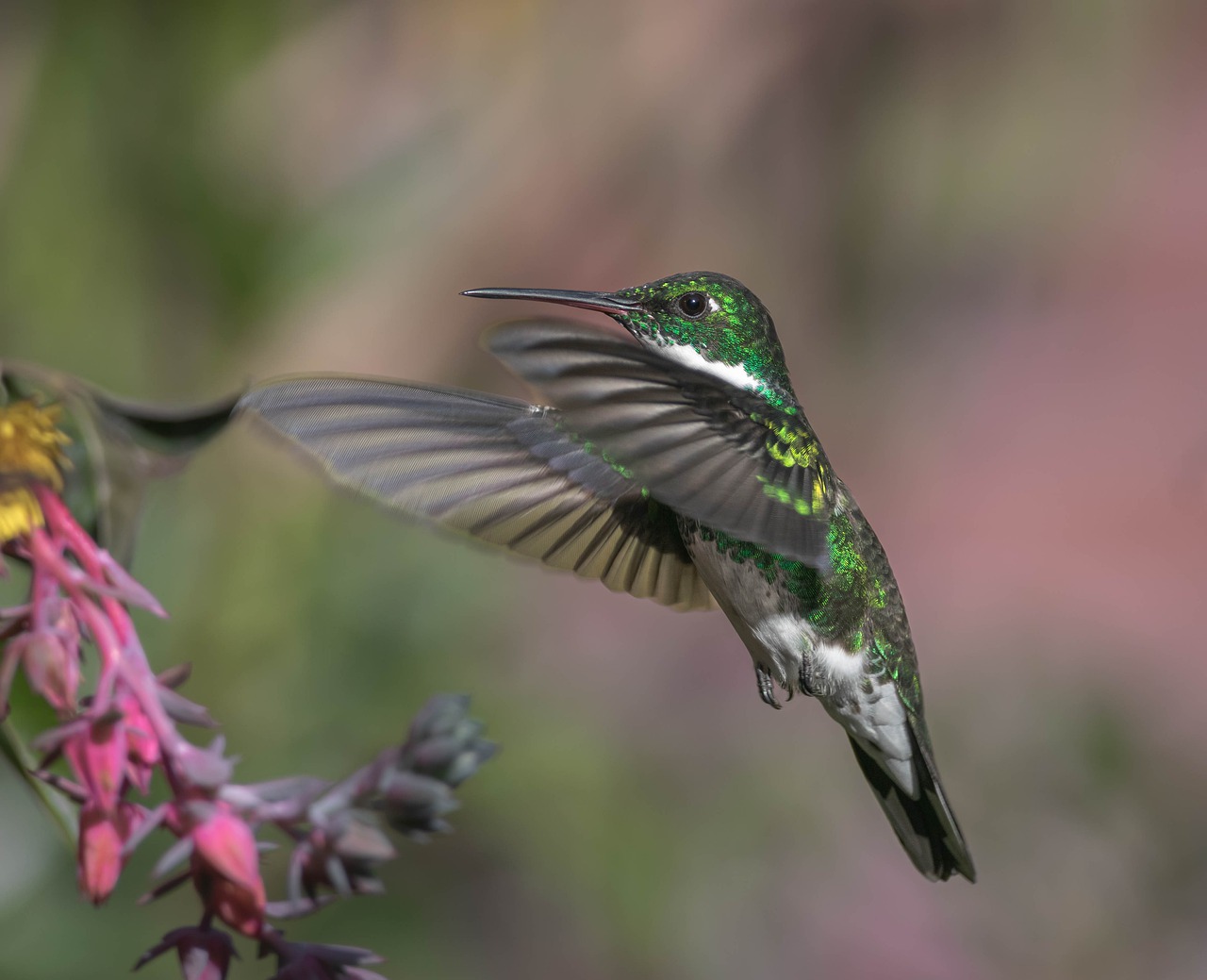March 3rd marks World Wildlife Day, a global observance that celebrates the diversity of the world’s flora and fauna and raises awareness about the need to protect wildlife and their habitats. This year’s theme, “Forests and Livelihoods: Sustaining People and Planet,” highlights the crucial role of forests in sustaining the livelihoods of millions of people worldwide and promoting the health of the planet.
Table of Contents
ToggleWhat is World Wildlife Day?
World Wildlife Day was proclaimed by the United Nations General Assembly in 2013 to raise awareness of the world’s wild animals and plants and their critical role in sustaining life on Earth. The date was chosen to commemorate the signing of the Convention on International Trade in Endangered Species of Wild Fauna and Flora (CITES) on March 3rd, 1973.
The observance aims to promote wildlife conservation and sustainable use, as well as to raise awareness of the threats facing wildlife, such as habitat loss, poaching, and illegal wildlife trade. Each year, the day is celebrated with a different theme that highlights a particular aspect of wildlife conservation.
This year’s theme: “Forests and Livelihoods: Sustaining People and Planet”
Forests are vital to the survival of millions of people worldwide, providing food, shelter, and livelihoods for local communities, as well as regulating the global climate and protecting biodiversity. However, forests are under threat from deforestation, climate change, and other human activities, leading to the loss of habitats for many species.
This year’s theme highlights the importance of forests in sustaining both people and the planet and calls for action to protect and restore them. It also recognizes the crucial role of local communities in forest conservation and the need to support sustainable livelihoods that rely on forest resources.
Why is Wildlife Conservation Important?
Wildlife conservation is crucial for maintaining the balance of ecosystems and preserving biodiversity. Wildlife plays a vital role in many ecological processes, such as pollination, seed dispersal, and nutrient cycling, and their loss can have far-reaching consequences for the health of ecosystems and the services they provide.
Furthermore, many species have important cultural and spiritual significance for local communities, and their loss can lead to the erosion of traditional knowledge and practices.
Wildlife conservation is also essential for promoting sustainable development and poverty reduction. Many communities rely on wildlife and forest resources for their livelihoods, and sustainable management of these resources can provide economic opportunities while ensuring the long-term health of ecosystems.
Threats to Wildlife and their Habitats
Despite the critical importance of wildlife and their habitats, they are under threat from a range of human activities. Habitat loss and fragmentation, caused by deforestation, agriculture, and infrastructure development, are among the most significant threats to wildlife.
Illegal wildlife trade, including poaching and trafficking of endangered species, is also a major threat, driving many species to the brink of extinction. Climate change, pollution, and invasive species are additional pressures on wildlife and their habitats, exacerbating the impact of other threats.
Protecting Wildlife and their Habitats
Protecting wildlife and their habitats requires a multifaceted approach that addresses the root causes of threats and promotes sustainable use of natural resources. This includes measures such as:
- Conservation of critical habitats: Protecting and restoring forests, wetlands, and other critical habitats is essential for maintaining biodiversity and supporting local communities livelihoods.
- Strengthening legal frameworks: Enforcing laws against wildlife trafficking, poaching, and illegal logging is crucial for reducing the demand for wildlife products and protecting endangered species.
- Supporting local communities: Empowering local communities to manage natural resources sustainably and providing alternative livelihoods can reduce pressure on wildlife and promote economic opportunities.
- Education and awareness: Raising awareness among the general public
Wildlife conservation
Conservation efforts are crucial to preserving forests and the wildlife that depend on them. Here are some of the ways we can contribute to conservation efforts:
- Reduce our ecological footprint: We can reduce our ecological footprint by consuming less and reducing our use of plastic, water, and energy. By reducing our consumption, we can reduce the demand for resources that come from forests, and we can help conserve wildlife habitats.
- Support conservation organizations: There are several organizations working to protect wildlife and their habitats. By supporting these organizations through donations or volunteer work, we can help fund conservation projects and raise awareness about the importance of protecting wildlife.
- Responsible tourism: Tourism can have both positive and negative impacts on wildlife and their habitats. We can support responsible tourism practices by choosing eco-friendly accommodations and activities that do not harm wildlife or their habitats.
- Education and awareness: Raising awareness about the importance of protecting wildlife and their habitats is crucial. We can educate ourselves and others about the threats facing wildlife and the steps we can take to protect them.
Conclusion
In conclusion, World Wildlife Day is an opportunity to reflect on the importance of protecting wildlife and their habitats. We can all contribute to conservation efforts by reducing our ecological footprint, supporting conservation organizations, practicing responsible tourism, and raising awareness about the threats facing wildlife. Let’s work together to ensure that future generations can enjoy the beauty and diversity of our planet’s wildlife.








5 thoughts on “World Wildlife Day: Celebrating Biodiversity and Raising Awareness for Wildlife Conservation”
Pingback: Human Impact on Wildlife: 94% of Global Mammal Weight is Humans and Livestock - Sustainability Awakening
Pingback: 50 Years of CITES: Successes, Challenges, & the Future
Pingback: Bison Restoration on Tribal Lands: Biden Administration Pledges $25 Million - Sustainability Awakening
Pingback: The Beauty and Benefits of California's Superbloom
Pingback: World Giraffe Day 2023: Celebrating and Supporting the Tallest Animal on Earth - Sustainability Awakening